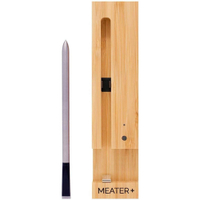Gas grill safety tips for fun and fuss-free summer cookouts
If you're just getting started with gas grills, these are the safety issues to pay attention to
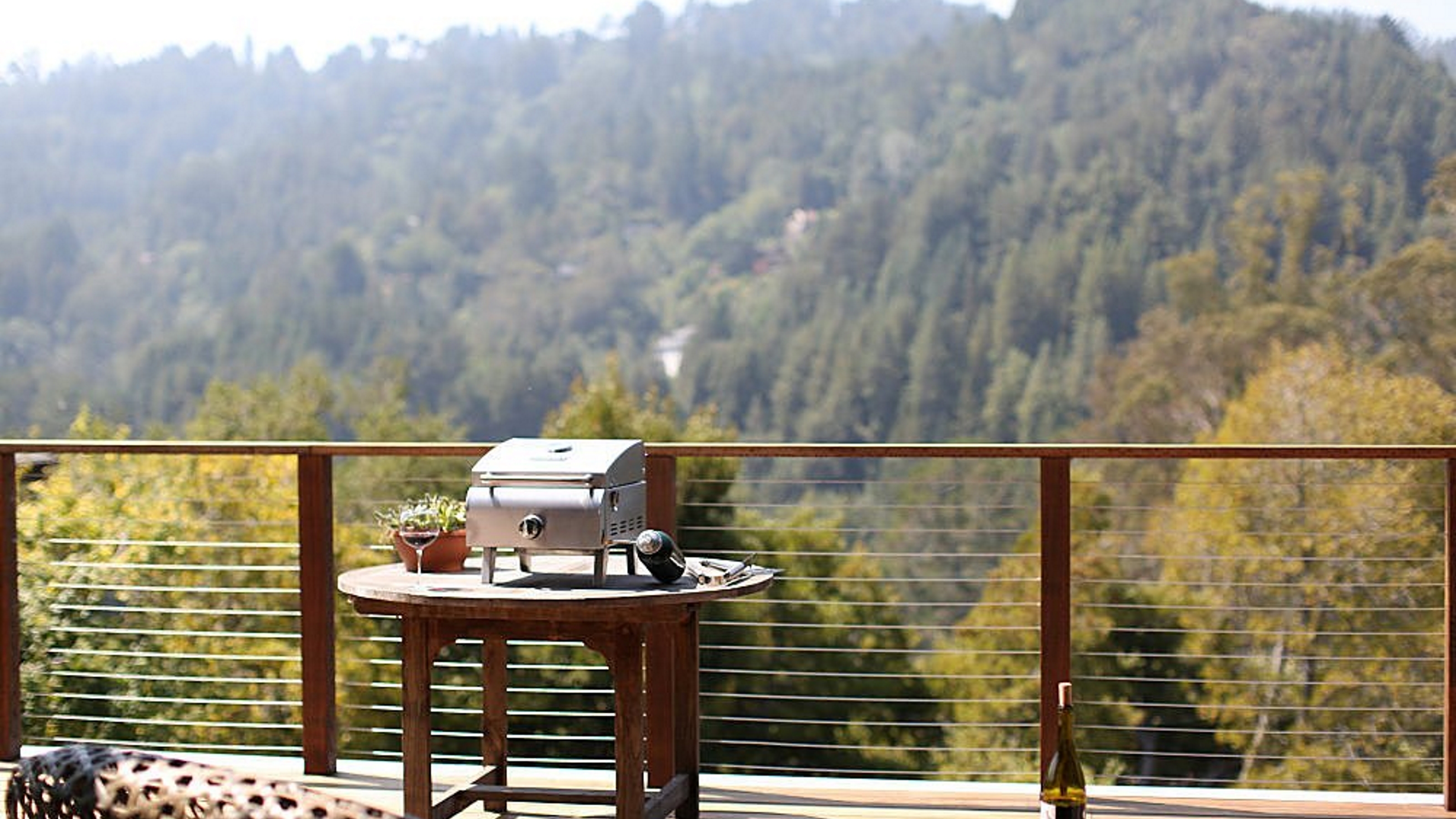
It's almost that time of year again when you wheel out your grill in anticipation of summer get-togethers, cookouts, and romantic dinners in the backyard. There's something about al fresco dining that makes cooking far more fun than it is at other times of the year, and - if you're anything like us - you're itching to get started.
But it's not all fun and parties, and any experienced griller will know how important it is to keep things safe when dealing with the best gas grills. Unlike indoor stoves, gas grills often require you to handle things like gas canisters, and skipping steps will likely lead to anything from undercooked food to releasing dangerous fumes.
This article will help you anticipate some common problems and make sure they don't crop up to ruin your summer.
Before you start
To avoid later mishaps, you should always ensure everything is in good working order before firing up the grill. If using natural gas, does the hose look good, or are there signs of wear and tear? Similarly, when using a propane gas canister, check that it doesn't have any dents. If in any doubt, you can get a leak-detection solution that bubbles up when a safety issue is detected.
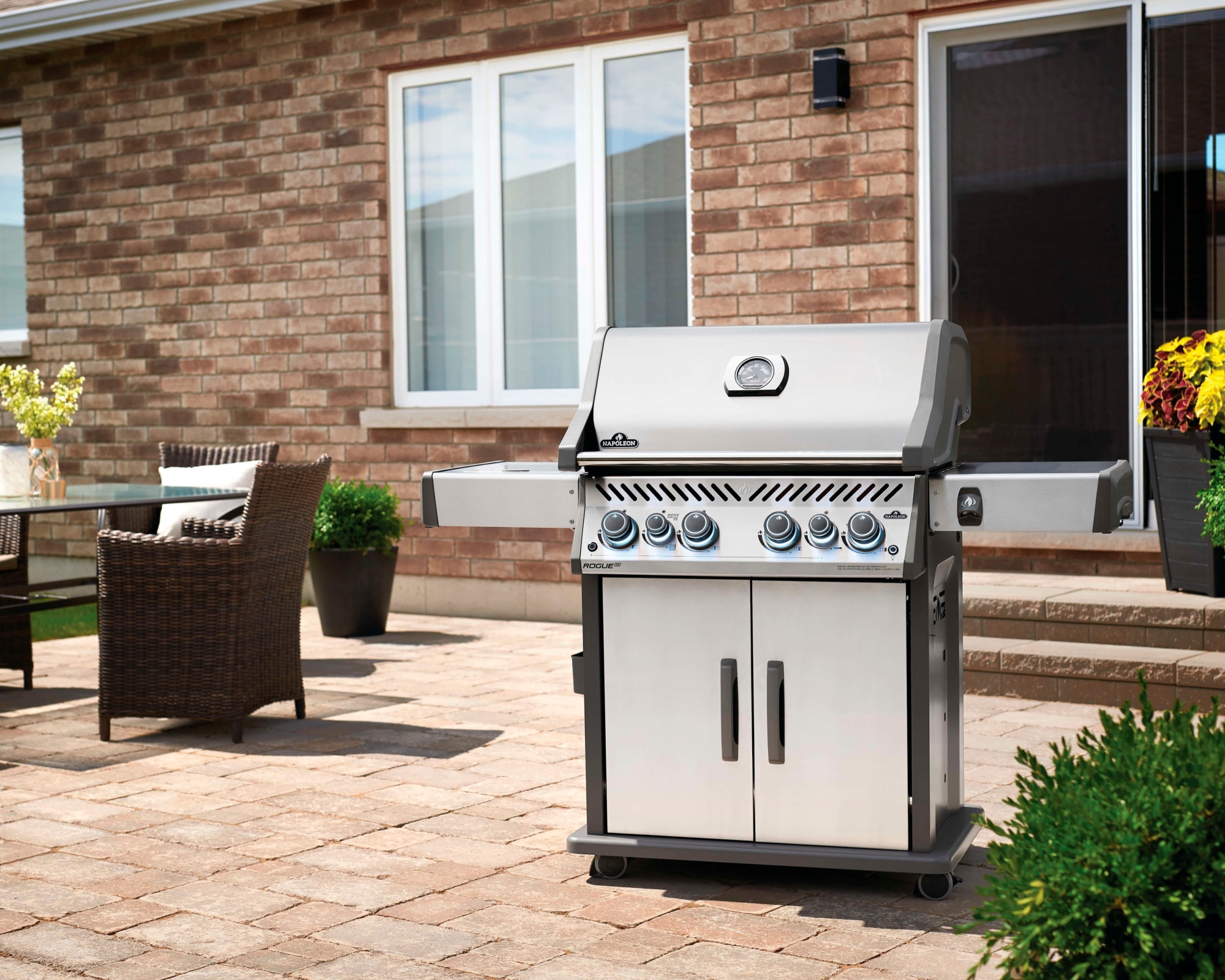
Choose your grill spot carefully
The number one rule when taking up grilling is to never use your appliance indoors. Indoors doesn't just mean in your house, either, as even a tent or gazebo counts and should never be involved when using a gas grill. This is primarily due to the fumes that come from a BBQ, and firing up in any sort of enclosed space can lead to dangerous levels of carbon monoxide build-up.
Instead, choose a nice open space for cooking, a safe distance from buildings and with somewhere for smoke and fumes to go. It's also important to place your grill on a flat, even surface - including the best portable gas grills - as improper placement can make things dangerous in more ways than one. If your grill doesn't have legs, place it on a flame-proof surface.
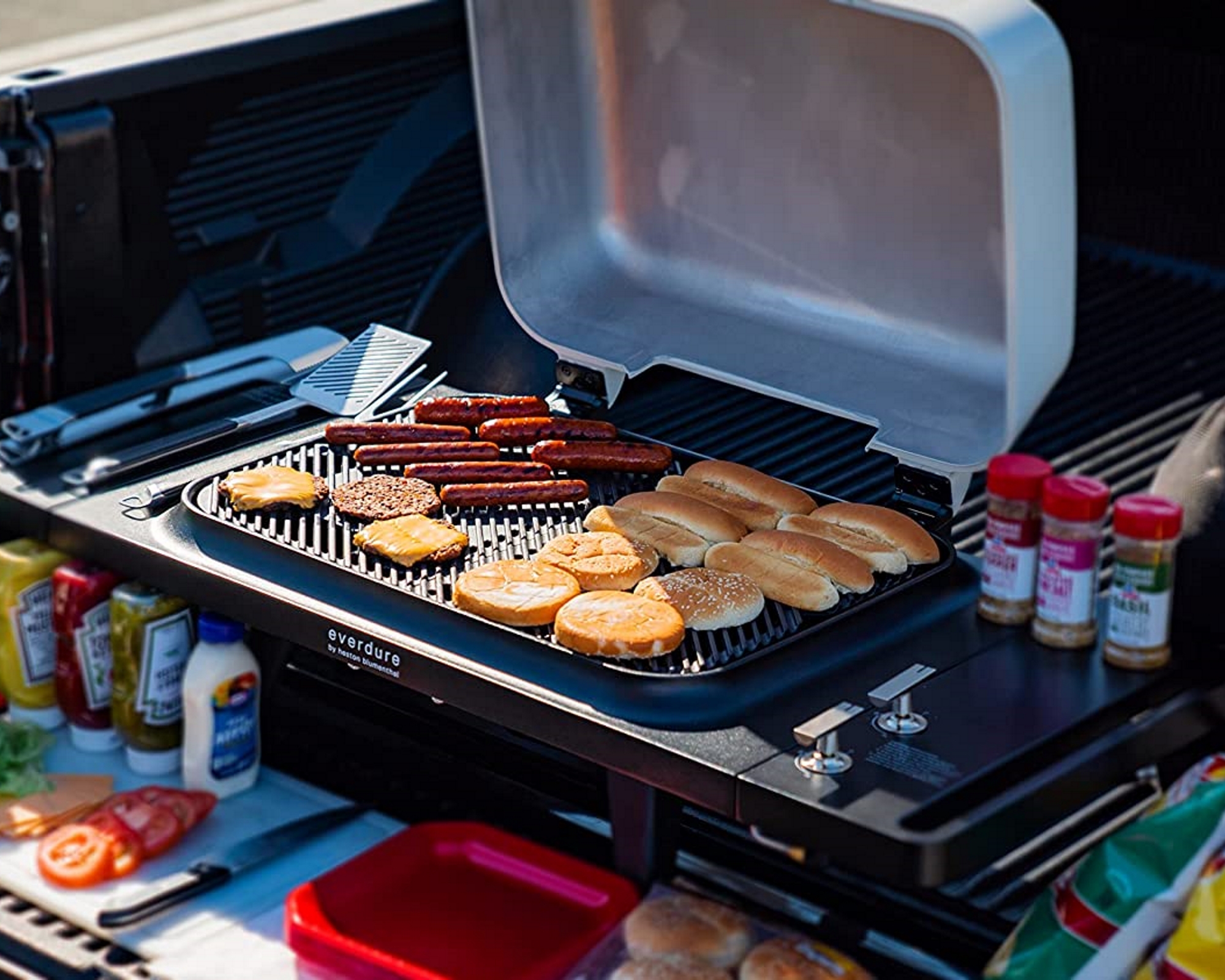
Proper food handling
Grill safety isn't just about the appliance itself but also about the food you're going to cook on it. According to the CDC, foods like chicken, fish, and veggies need to be stored and transported safely, keeping them separated for less chance of cross-contamination. All utensils and surfaces also need to be kept clean to avoid bacteria build-up that can really put a damper on the party.
The same vigilance applied to getting your food from the kitchen to barbeque should also be applied to leftovers. Always pack up and store those stray chicken legs, corn, and skewers as soon as you can so that they're not left out in the sun to go bad.
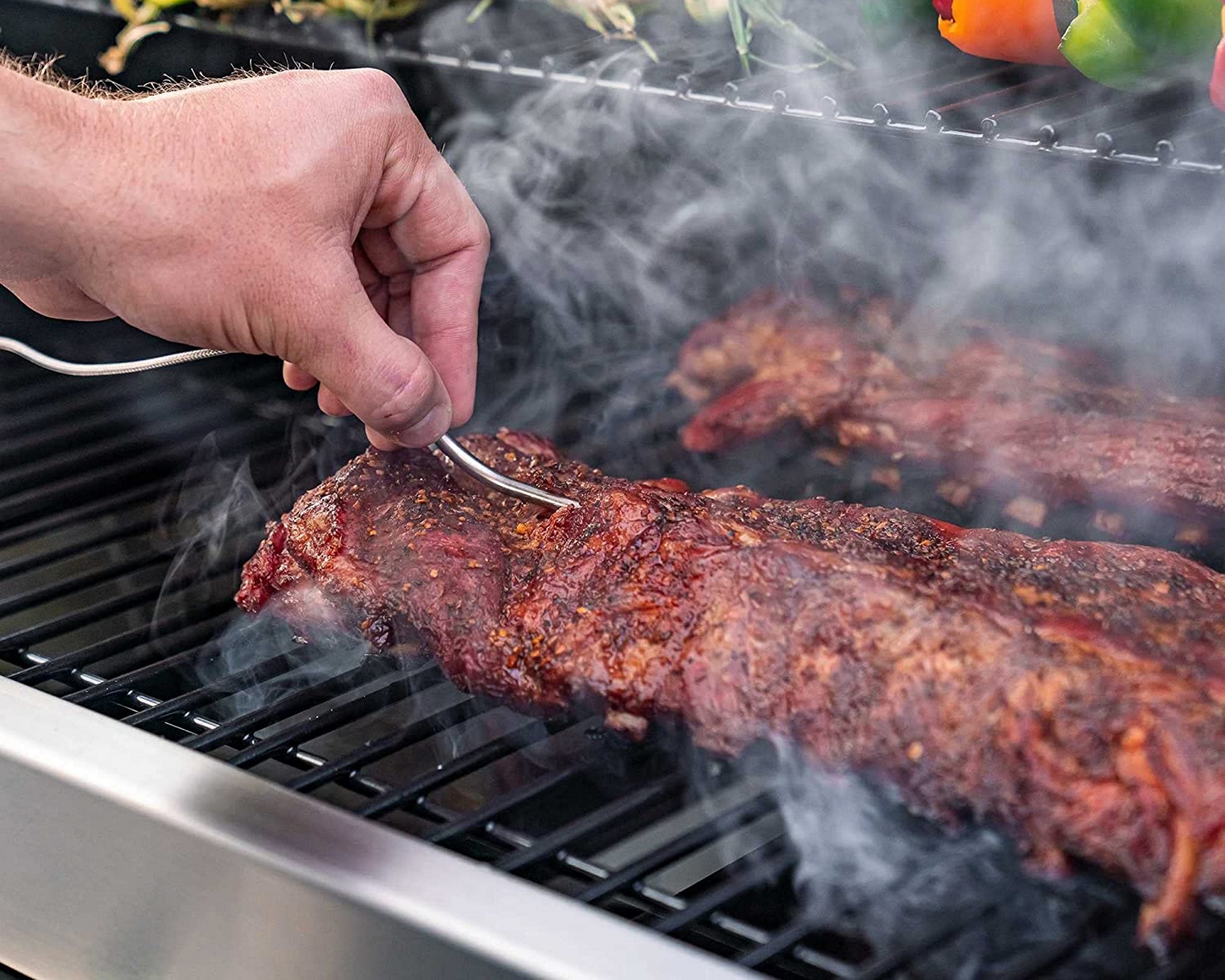
Use a food thermometer
Getting the temperature right on a gas grill doesn't just make your food safe to eat, but it also ensures that everything is as tasty as possible. The correct temperature for a gas grill really depends on what you're cooking, with some foods such as chicken and fish cooking well at medium temps while others like steak, burgers, and hard veggies need a much higher heat.
In the interest of safety - and not losing a friend over an undercooked chicken kebab - all keen grillers should own a meat thermometer. You can pick these up relatively cheaply or splash out a little on something like the MEATER smart thermometer.
MEATER Plus Smart Meat Thermometer | $99.95 at Amazon
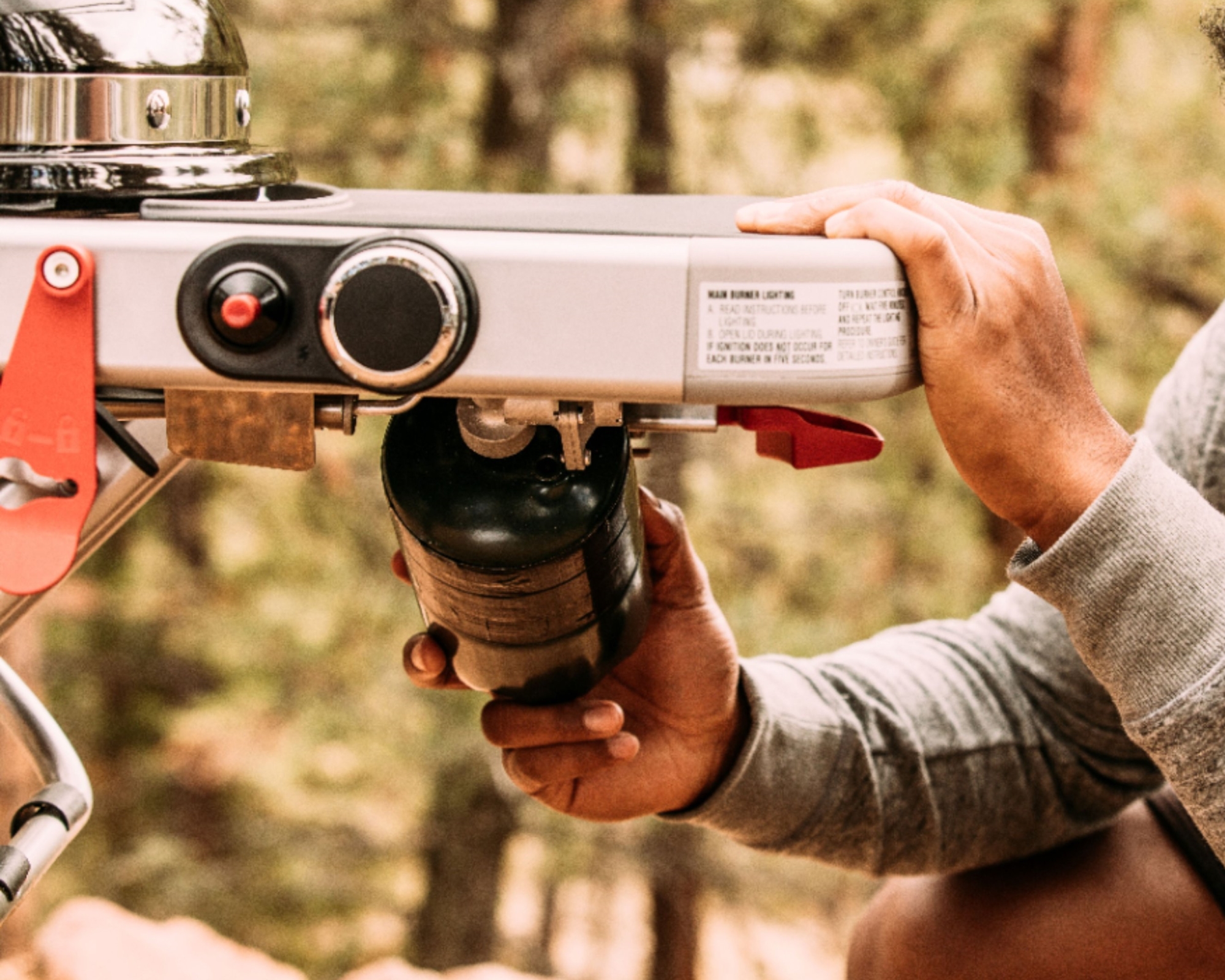
Changing the gas canister
Changing the gas canister on a propane grill might be the thing that springs to mind when considering the safety aspect of grilling. Unfortunately, it's also something that has to be done regularly. Your grill should come with detailed instructions on how to attach and detach a canister, but there are some general rules of thumb.
- Always turn the cylinder valve off when installing and uninstalling the canister.
- Never try to do this when the grill is still hot - take a seat and wait for things to cool off.
- Don't store your grill with the canister attached.
- Store the gas canister upright in a cool, dry place away from other appliances.
Be The First To Know
The Livingetc newsletters are your inside source for what’s shaping interiors now - and what’s next. Discover trend forecasts, smart style ideas, and curated shopping inspiration that brings design to life. Subscribe today and stay ahead of the curve.
Caroline was formerly smart home ecommerce editor for Livingetc, covering everything tech for the home, from smart speakers to air purifiers and everything in between. She is passionate about technology and smart devices and their role in daily life, enhancing the home without sacrificing personal style and carefully chosen interiors. In her spare time, she can be found tinkering with bulbs, soundbars, and video doorbells in an effort to automate every part of her small home. Previously, she lent her expertise to the likes of Expert Reviews, IT Pro, Coach, The Week, and more.
-
 Turns Out the Coolest New Café is Actually In Your Kitchen — Here's How to Steal the Style of TikTok's Latest Trend
Turns Out the Coolest New Café is Actually In Your Kitchen — Here's How to Steal the Style of TikTok's Latest TrendGoodbye, over-priced lattes. Hello, home-brewed coffee with friends. TikTok's 'Home Cafe' trend brings stylish cafe culture into the comfort of your own home
By Devin Toolen Published
-
 5 Bathroom Layouts That Look Dated in 2025 — Plus the Alternatives Designers Use Instead for a More Contemporary Space
5 Bathroom Layouts That Look Dated in 2025 — Plus the Alternatives Designers Use Instead for a More Contemporary SpaceFor a bathroom that feels in line with the times, avoid these layouts and be more intentional with the placement and positioning of your features and fixtures
By Lilith Hudson Published
